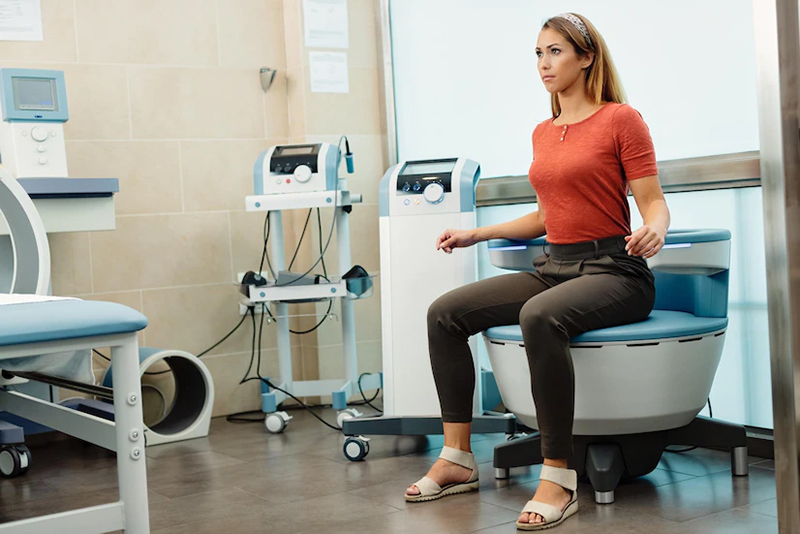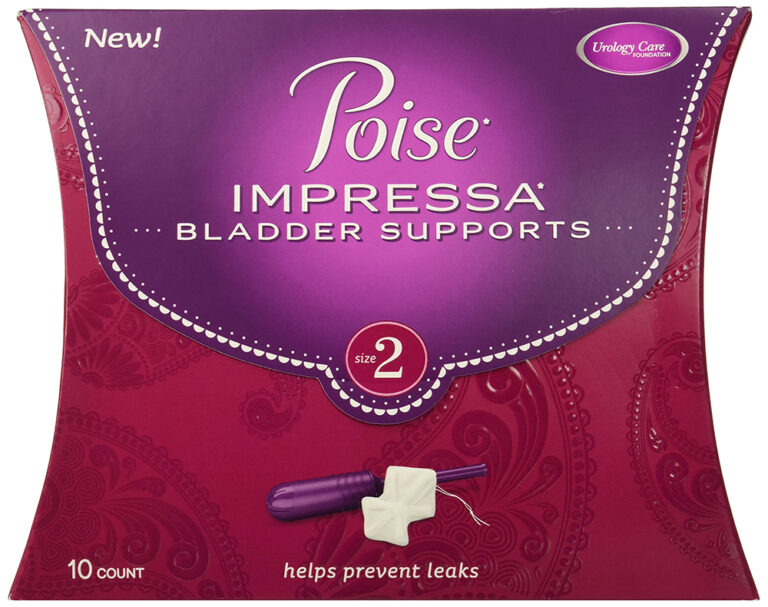9 Things You Didn’t Know About Kegels
Kegel exercises are a popular method for managing incontinence, but there are many things that people may not know about these exercises. Here are 9 things you didn’t know about Kegels for incontinence.
Kegels are not just for women:
Many people associate Kegel exercises with women, but they can be effective for men as well. Men can use Kegels to strengthen the muscles that control urine flow and prevent incontinence.
Kegels can help with more than just incontinence:
Kegels can also help to improve sexual function, increase orgasm intensity, and reduce the risk of erectile dysfunction in men.
Kegels can be done anywhere:
Kegel exercises can be done discreetly, and can be done at any time, whether you are sitting, standing, or lying down.
Kegels can be done with or without equipment:
Kegel exercises can be done with or without equipment, such as pelvic exercise weights. However, using equipment can help to increase resistance and make the exercises more effective.
Kegels can be done during pregnancy:
Kegel exercises can be done during pregnancy to help to prepare the pelvic muscles for childbirth and prevent incontinence after delivery.
Kegels should be done correctly:
Kegel exercises should be done correctly to be effective. This means contracting the right muscles, which can be identified by stopping the flow of urine mid-stream.
Kegels can be done in sets:
Kegel exercises can be done in sets of 10-15 repetitions, and should be done several times a day.
Kegels take time to be effective:
Kegel exercises may take several weeks or months before you start to see improvement in incontinence symptoms. It is important to be consistent and patient with the exercises.
Kegels should be done under the guidance of a healthcare professional:
It is important to consult with a healthcare professional, such as a physical therapist, before starting Kegel exercises to ensure that you are doing them correctly and that they are appropriate for your specific needs.
In conclusion, Kegel exercises are a popular method for managing incontinence, but there are many things that people may not know about these exercises. They can be done by men and women, they can help with more than just incontinence and they can be done anywhere. They can be done with or without equipment, during pregnancy, correctly and in sets. However, it is important to do them under the guidance of a healthcare professional and to be consistent and patient with the exercises.







